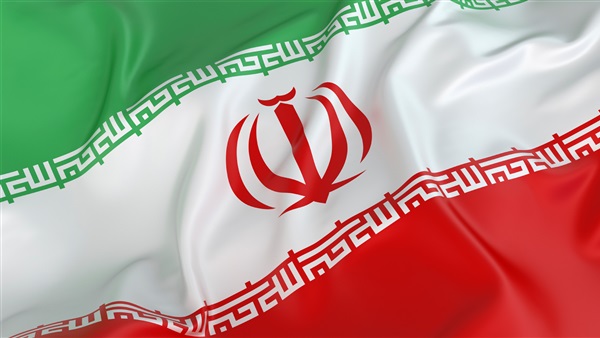Iran’s modus operandi in supporting non-state actors

Iran tends to intervene in national contexts
characterized by two features: insta-bility and the presence of dissatisfied
actors.
Typically, first,
it seeks to take advan-tage of instability. As in Iraq since or in Lebanon since, Iran tries to penetrate
states where central authority is weak. It then tries to exploit divided elites
by supporting like-minded factions.
It will often
try to do so outside, but parallel to, state structures, as in Lebanon, where
it supports Hezbollah, and in Iraq, where it supports Shi’i militias. Hezbollah
and Iraqi Shi’i militias are not fully under the state’s authority, and therefore
undermine it.
At the same time, they participate in many of the
state’s activities, for example by sitting in parlia-ment, and even oppose
other actors seeking to overthrow the state. Within unstable or fragmented
states, Iran often seeks to develop partner-ships with dissatisfied
groups.
These are elements that reject or oppose, through
violent or non-violent means, the dominant domestic political order in their
country or the US-dominated regional order, or both. They are dissatisfied
for a variety of reasons, but essentially because they perceive—often
rightly—that the constituents they represent are marginalized by a dominant
group.
In Lebanon, for example, Hezbollah was born in the to
better represent the interests of the Shi’is, who had long been marginalized by
the country’s Christian and Sunni elite. Dissatisfied
groups also often oppose regimes supported by the United States or its regional
allies, and repudiate foreign interference in their countries.
As will be discussed below, this is the case of the
Houthis in Yemen. Such positions are often popular, giving these groups a
certain level of support. By extension, Iran gains in soft power by aligning
itself with them, allowing it to position itself as the champion of the
oppressed and marginalized.
Contrary to a widespread misperception, Iran does
not choose its partners on the basis of a common adherence to Shi’i Islam.
To enjoy Iranian support, actors must oppose the
status quo, defined by the regional order dominated
by the United States and its local partners, especially Israel and Saudi
Arabia; they do not necessarily have to be Shi’i. That is why Hamas and Islamic Jihad—Sunni nationalist
groups opposed to Israel—have been Iran’s partners in the Palestinian occupied
territories.
Iran even
provides limited support to the Taliban, an extreme Sunni group in Afghanistan
with which it has been in conflict in the past,
as will be discussed below.
A common opposition to the regional status quo is
also the main factor shaping Iran’s close relationship with its only state ally
in the Middle East, Syria, where the Assad regime is dominated by Alawites, a
distant shoot of Shi’i Islam, but also includes other minorities and some
Sunnis.
Iran pursues a range of objectives in choosing to
support non-state actors. First, it seeks to gain access to geographic areas
that it can use as launching pads to project its influence,
to confront its main regional rivals, Israel and Saudi Arabia, and to oppose
the regional US presence.
In
particular, Iran has improved its deter-rent capability by forging ties with
groups that could act against the United States or its regional interests, or
against Israel, in the event of a confrontation.
A range of
militant groups in Iraq, in particular, along with Hezbollah in Lebanon and
Islamic Jihad in the Palestinian occupied territories, could retaliate
following an attack on Iran by Israel or America; this possibility severely
constrains the latters’ margin of manoeuvre, and while it does not rule out an
attack by either on Iran, it increases the costs of doing so.
Iran’s ties to non-state actors in a country also
allow it to position itself as an indispensable player with a say in major
decisions. To this end, it often hedges its bets by developing ties to many
actors, providing them with shifting combina-tions of political, military and financial
support.
It tries to identify future winners, supporting a
range of small groups with the expectation that at least some of them will
eventually emerge as important players.
When Iran believes that a partner is distancing
itself, it may support the formation of splinter groups, encourag-ing more
like-minded factions to split from the main group and form their own movements.
Such smaller new groups are more dependent on Iran
for external support, and therefore more likely to act according to Iranian
interests. When Muqtada al-Sadr in Iraq became an increasingly dicult partner, for
example, Iran started supporting breakaway factions from his movement.
Two of them, Asa’ib Ahl ul-Haqq and Kata’ib
Hezbollah, emerged as particularly important, both for Iran’s ability to shape
Iraqi politics and as key actors in their own right in Iraq. Both are smaller,
and therefore more manageable, than the unwieldy Sadrist move-ment, and more
dependent on Iran.
By its support, Iran seeks to position itself as the
arbiter of the political process in the target country. This has been
particularly evident in Iraq, where it has regularly performed a mediatory role
in recent years.







